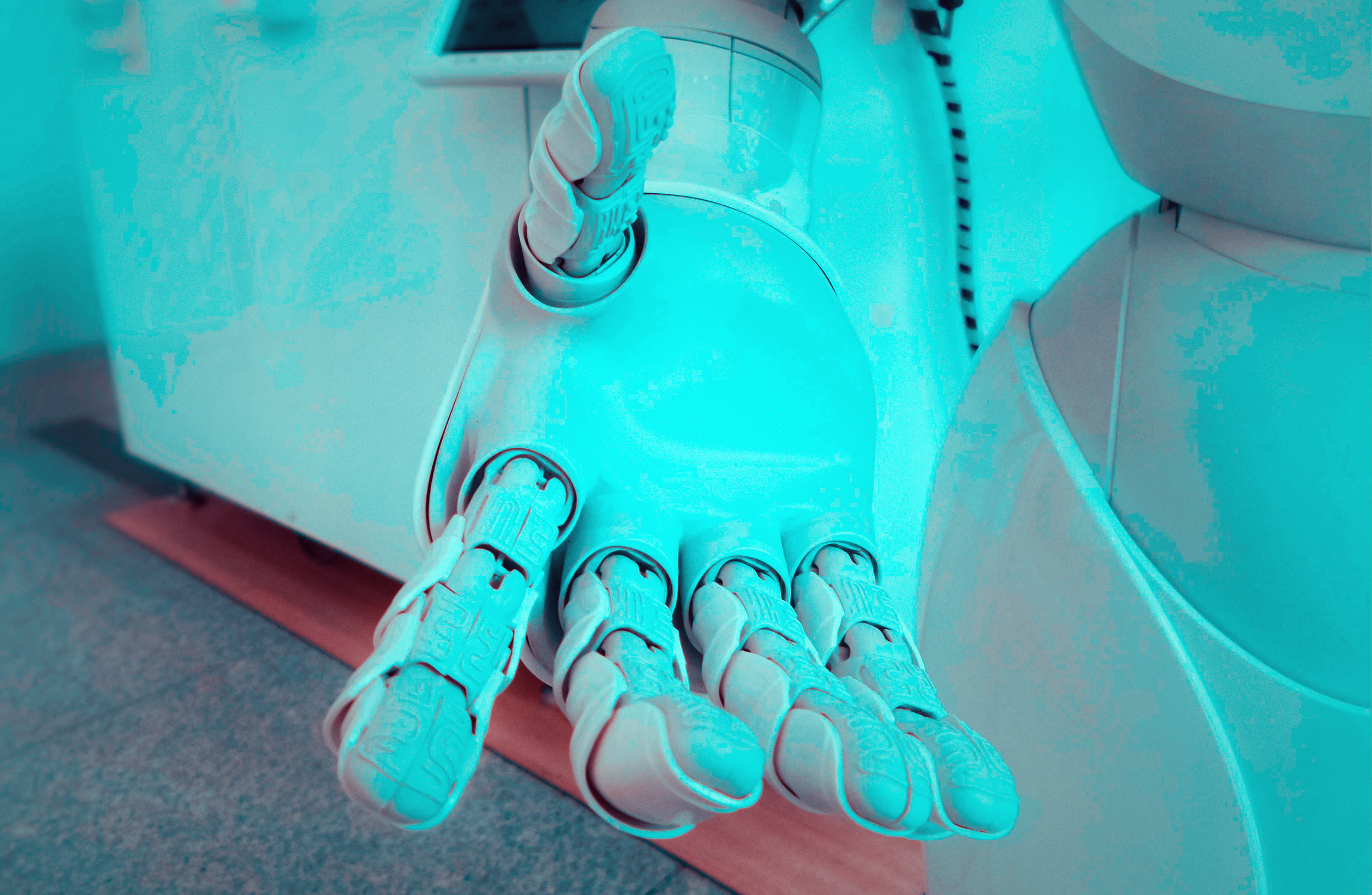Anyone looking for future job security should go into nursing. The overall aging population is precipitating a massive need for nurses. A need so large that we may not be able to fill it with humans alone.
According to the Bureau of Labor Statistics’ Employment Projections 2016-2026, Registered Nursing (RN) is listed among the top occupations in terms of job growth through 2026. The RN workforce is expected to grow from 2.9 million in 2016 to 3.4 million in 2026, an increase of 438,100 or 15%.
American Association of Colleges of Nursing
The Bureau also projects the need for an additional 203,700 new RNs each year through 2026 to fill newly created positions and to replace retiring nurses.
These statistics shed light on why there is such a large footprint of research into creating Robot Nurses.
Robot Nurses
There’s been a fair amount of eye-opening innovations in robot nursing. More so than in any other field I’ve come across.
Most notably are Moxi (created by Diligent Robotics) and YuMi (created by ABB). Both prototypes have been created to handle the 30% of tasks nurses do that don’t involve interacting with patients.
Picking-up patient tests and transporting them to the lab for processing, delivering food and linens, sorting pills and bringing them to patients, preparing and unpackaging medicines, executing lab work, turning over a room after discharge. These are just a few of those tasks that could easily be done by Moxi and YuMi.
One surprising result during Moxi’s trial run was that patients wanted to interact with the robot and see what it was up to.
The Medical Futurist aptly calls The Future of Nurses: Superheroes Aided By Technology.
The robust TUG robot and the streamlined RoboCourier make the in-hospital transport of medical devices, drugs, laboratory specimens or sensitive supplies easier. They can carry around a multitude of racks, carts or bins working around the clock.
The Medical Futurist
The Xenex Robot might help nurses keep up the highest level of hygiene. It allows for fast and effective systematic disinfection of any space within a healthcare facility.
The bear-shaped RoBear robot can lift and move patients in and out of bed into wheelchairs, help patients stand, and turn them to prevent bed sores.
One study shows that robots can draw blood more accurately than nurses. Veebot is one such blood-drawing robot.
Additionally, robot-assisted high-precision surgery has passed its first test in humans.
Still, there are two major questions here. One, how will these robot nurses be deployed in order to make patients feel comfortable with them. Two, how can robot nurses be applied to the home care industry?
Nonetheless, it leads me to believe that we’ll see robots in our hospitals before we see them in our homes.
There’s a very interesting parallel we can draw to drone washers.
Drone Washers
Drones have already proven themselves to be interesting tools for emergency situations. But who would’ve guessed they were applicable to jobs such as washing windows?
A company called Aerones is developing drones for high-altitude cleaning and repair services.
First and foremost, their drones are being used for wind turbine maintenance. Cleaning blades, visual inspection, drainage cleaning, de-icing, and applying protective coating are all functions in their wheelhouse.
Their next area of focus, though, is creating a drone system that will clean skyscraper windows.
What’s fascinating here, is that these drone window washers aren’t going to put employees out of work. It’ll just put them safely on the ground. Aerones is making a tool that makes this job safer and ideally more efficient.
Robot nurses are in a very similar light.
The Value of Human Touch
Nurses need empathy. They need soft skills for talking with patients. They need to have quick decision-making when an emergency arises.
These are not easily programmable things.
And so we must ask: what’s the value of human touch in a hospital?
The role of a nurse overtime will become more of a health liaison, making sure the patient feels comfortable. They’ll speak with the patient’s family to address treatment. Their daily duties will put their soft skills to use much more.
Overall, it’s a collaborative outlook for robots and nurses.
